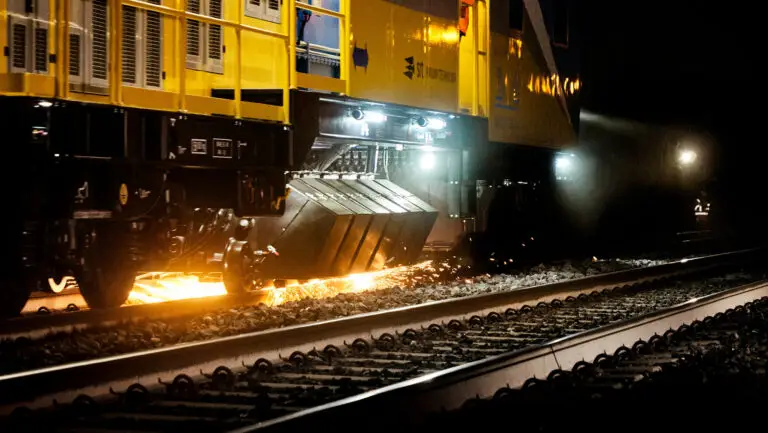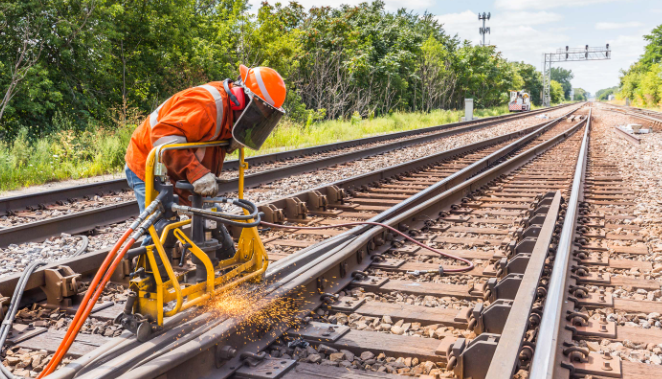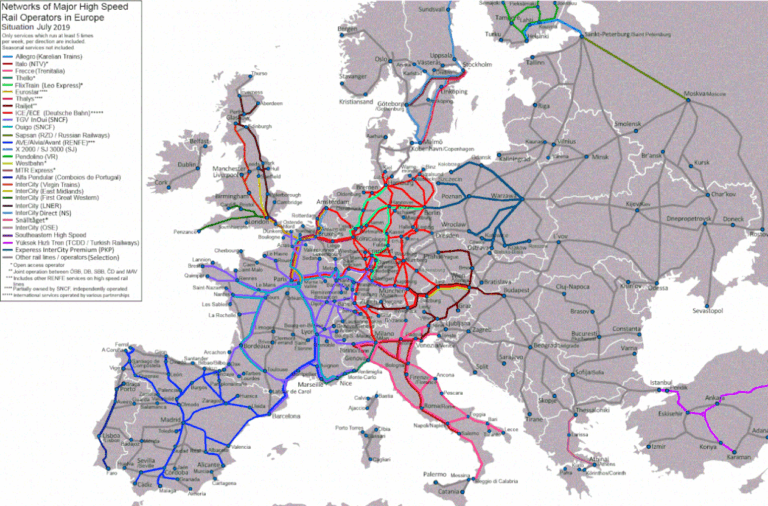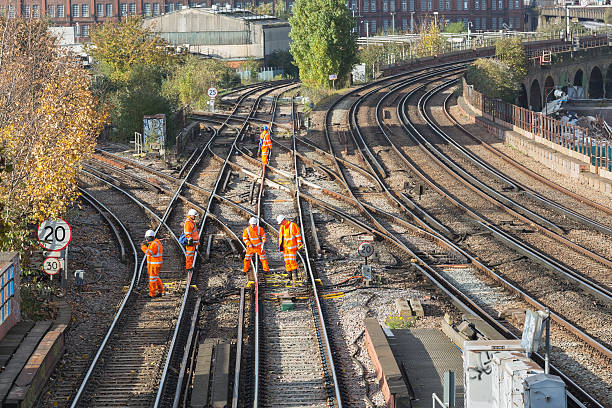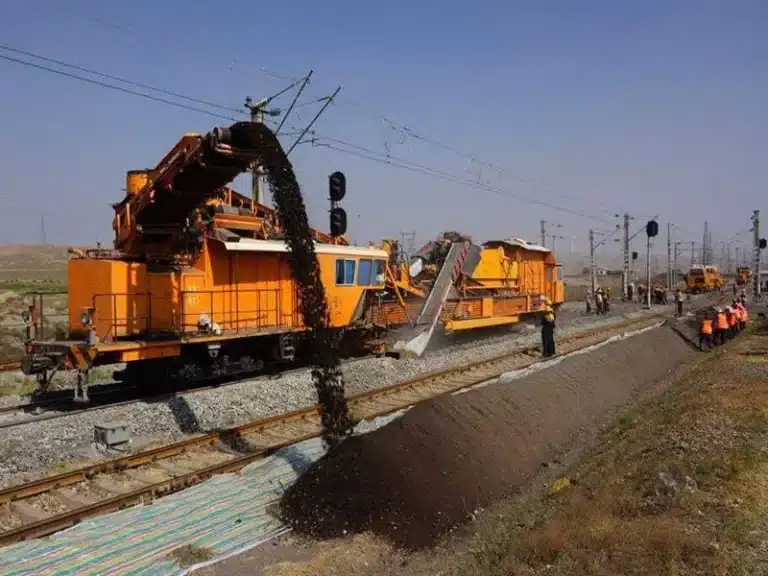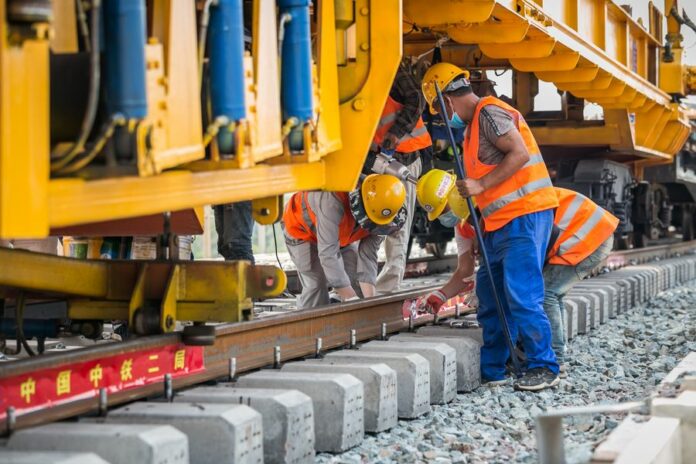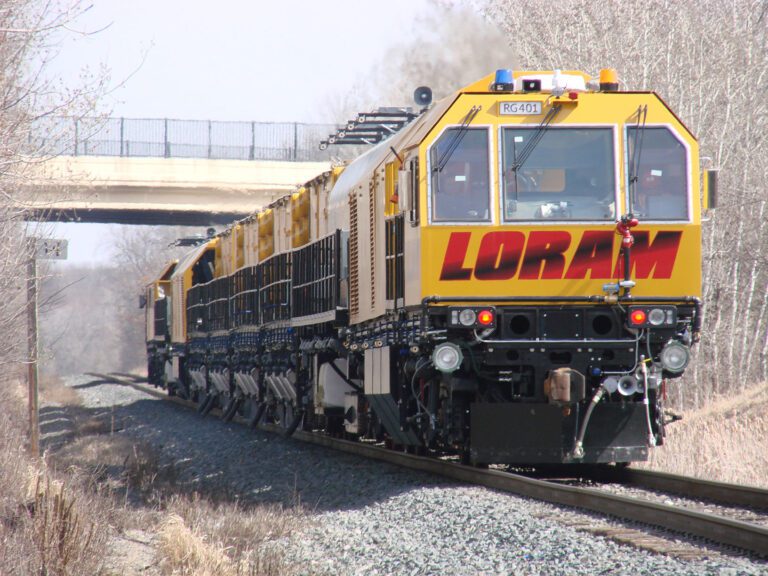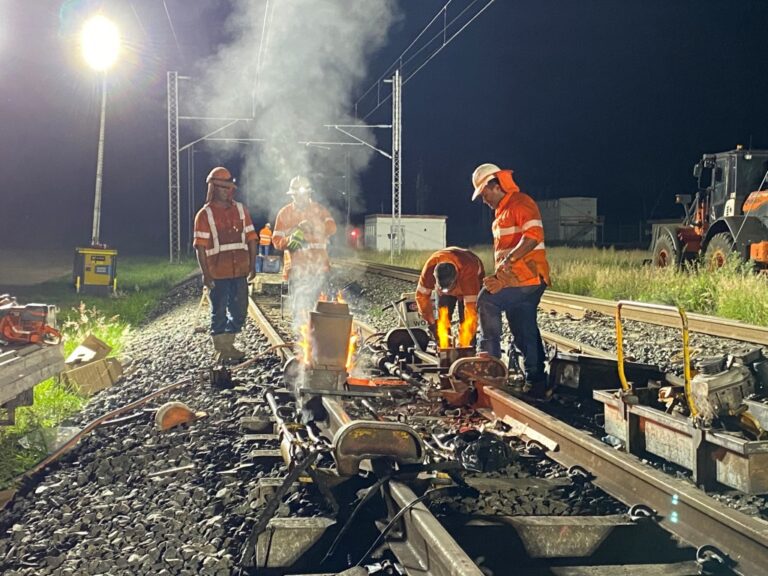Railway Maintenance Equipment Types and Functions
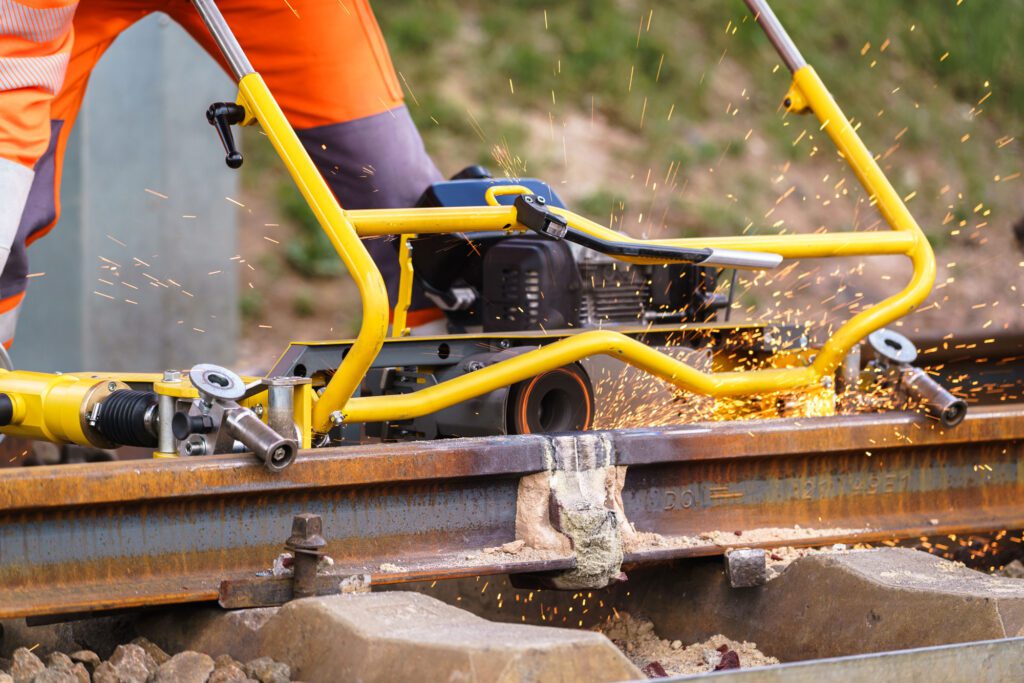
Railway maintenance is crucial for ensuring the safety and stability of train operations. So, what types of equipment are commonly used in maintenance work, and what functions do they serve?
During operation, railway tracks are subjected to the weight of trains, dynamic forces generated by movement, and various environmental challenges. Over time, tracks develop defects and damage, while sleepers and subgrades gradually wear out. Therefore, regular and emergency maintenance is essential to ensure track safety and smoothness. Such work helps prevent potential issues and address existing problems in a timely manner. This relies on advanced inspection technology and specialized maintenance machinery that integrate mechanical, electrical, hydraulic, pneumatic, laser, computer, and automation technologies.


Ballast Tamper
The ballast tamper, or a rail tamping machine, plays a key role in the construction of new railway lines, tamping after ballast cleaning in existing lines, and repair work in operational lines.
- Track rising: raise the track to a certain height.
- Track adjustment: adjust the track to the specified horizontal geometry.
- Track leveling: horizontally and vertically leveling the track. Horizontal leveling: to keep the left and right tracks at a certain height difference, providing centripetal force for a train at a certain speed. Vertical leveling: to keep the same track, stay at the same level.
- Tamping: to recover the supposed shape of ballast under the railway sleepers by tamping.

Rail Grinding Machine
Rail grinding machines can be divided into portable rail profile grinders and grinding cars. By using this kind of machine, the unsmoothness and defects of the rail surface are eliminated, and the rail profile is returned to the original design requirements. As a result, it can delay the development of rail surface defects, improve rail surface smoothness, further reach the purpose of improving passenger comfort, reduce track noise, and extend the service life of railroad rails.
- Corrective grinding: aims at eliminating or reducing the defects of the railway track; however may lead to shortening the service life, and limitation of train speed. The intervals between assignments are relatively long, which is not very economical.
- Transitional rail grinding: to transform the corrective grinding to preventive or periodic grinding, so that we reach a cost and result balance situation, and guarantee the limited resource is reasonably utilized.
- Preventive or periodic rail grinding: carried out after the surface defects are eliminated by corrective and transitional grinding. It aims at eliminating or controlling the defects to ensure the surface condition and good appearance of rails. Compared with the corrective grinding, preventive grinding removes less metal, e.g, 0.2-0.3mm, and the grinding is more frequent and controllable.
- Special grinding: 1. Grind beyond the extent of allowable wear limitations of the rail head to get a required special rail profile, and extend the railroad track service life, reducing the possibilities of wheel suspension. 2. To get an extraordinarily smooth contact surface of the railroad track, and reduce the noise resulting from the wheel and track.

Rail Impact Wrench
A rail impact wrench or a railroad bolt machine is frequently used during the line’s centralized maintenance period. It can tighten or loosen railroad bolts on both sides of the railroad track at the same time. With the advantages of easy operation, powerful function, the railroad bolt loosening and fastening is easily handled, which greatly improves maintenance efficiency and provides strong guarantees.

Rail Cutting Machine
A rail cutting machine is used when laying new tracks, repairing or replacing old tracks. It cuts rails with ease and precision. According to the power resource, it can be divided into combustion, rail cutting machine, and electric rail cutting machine.

Rail Drilling Machine
A rail drilling machine can easily drill holes in the rail web, no matter how hard the railroad rails are. Rail drilling is needed when small lengths of rail are required to be replaced. Given holes, the new track and old track are connected through rail joints and bolts.

Rail Bender
A rail bender is a special equipment used for correcting the deformed curved railroad track. The key function is bending and straightening the rails by hydraulic transmission and lever principle. The rail bender plays a key role in repairing rail stress and deformation. It finds wide applications in daily maintenance, correctiveness after welding, cooperating with a tamping machine to carry out comprehensive improvement of track geometry, etc.

Ballast Cleaner
The ballast cleaner is primarily used for collecting and screening impurities in ballast and shaping the ballast. It backs up the ballast tamping machine. It digs out the dirty ballast from the bottom of the railroad ties to a depth of 30 to 40 cm, and after screening, the qualified ballast is backfilled onto the track and supplemented with some new ballast to form a clean track bed. The machine is essential for recovering the ballast functionality, especially in areas where mud and slurry are generated and where freight trains transporting coal, ore, etc., pass through for a long time.

Rail Tensor
The rail tensor is a hydraulic device used to relieve stress and install lengthy rails on smooth lines. In order to facilitate relocking or thermite welding, the hydraulically powered device forcibly expands the rail to a predetermined length when the temperature drops below the locking rail temperature. Its primary purposes are stress relief, welding support, and rail gap adjustment.

The use of track maintenance equipment has aided in the quick growth of construction mechanization. Track maintenance equipment contributes to the safe and quick growth of railroad transportation by increasing operational effectiveness and quality. AGICO is striving to supply rail maintenance equipment to guarantee the safety and effectiveness of railway transportation by increasing the effectiveness and caliber of mechanized operations.
